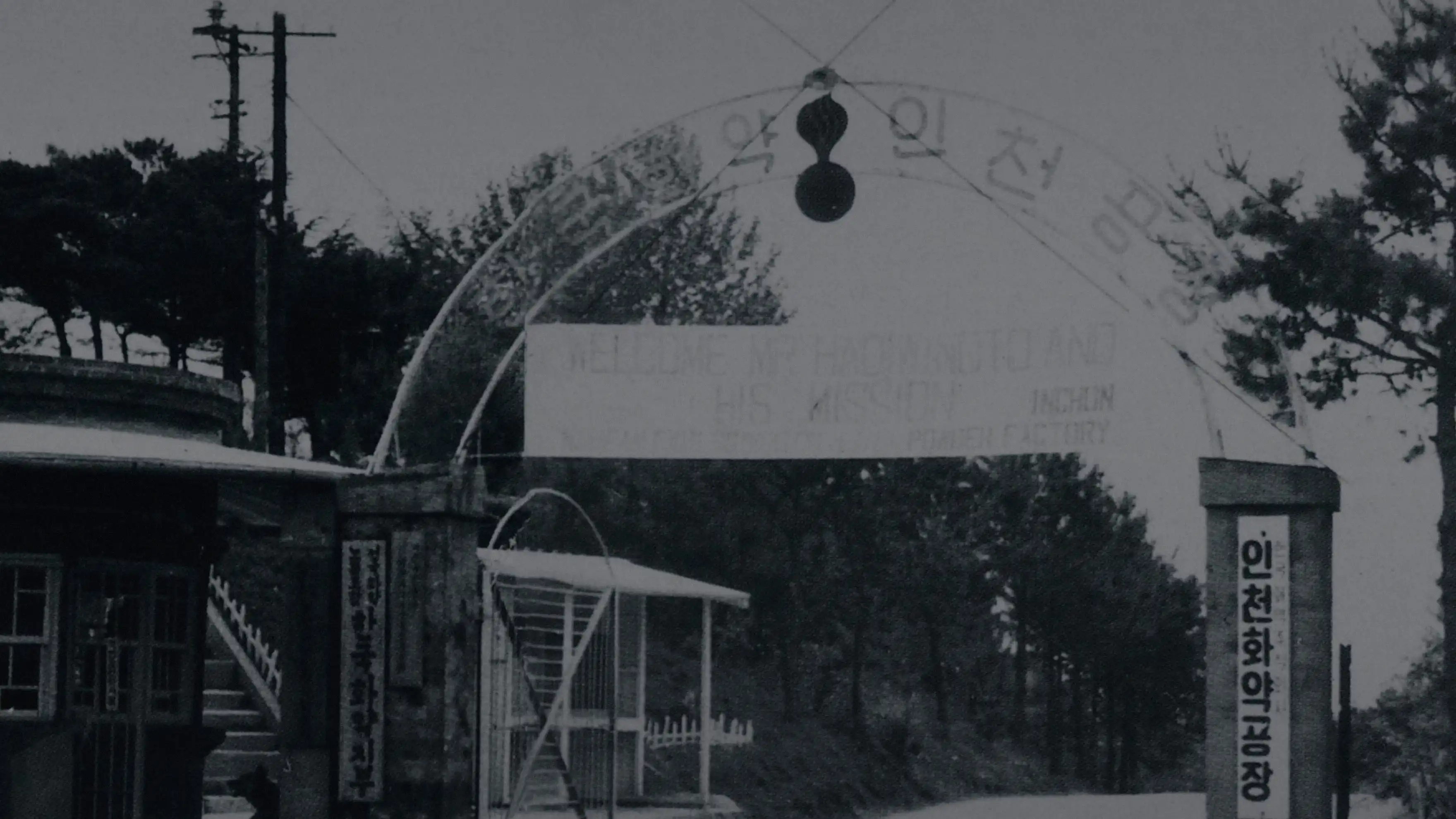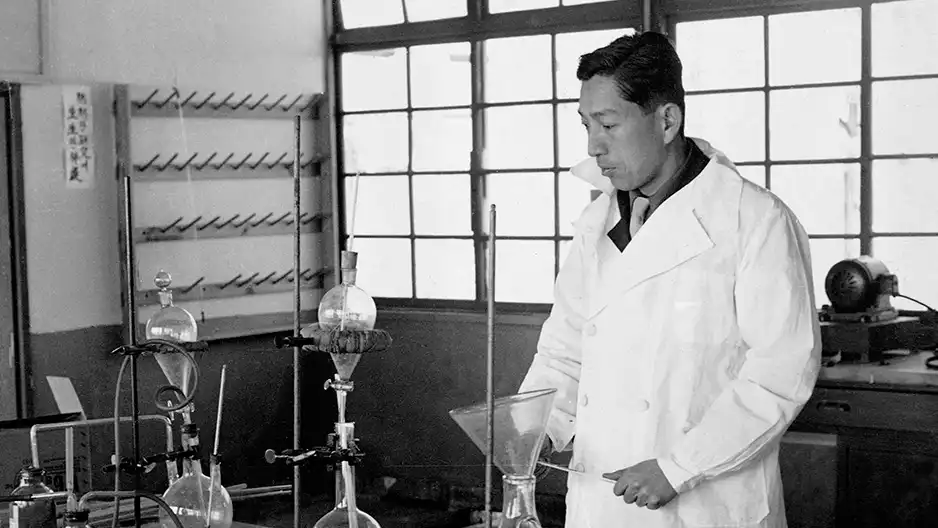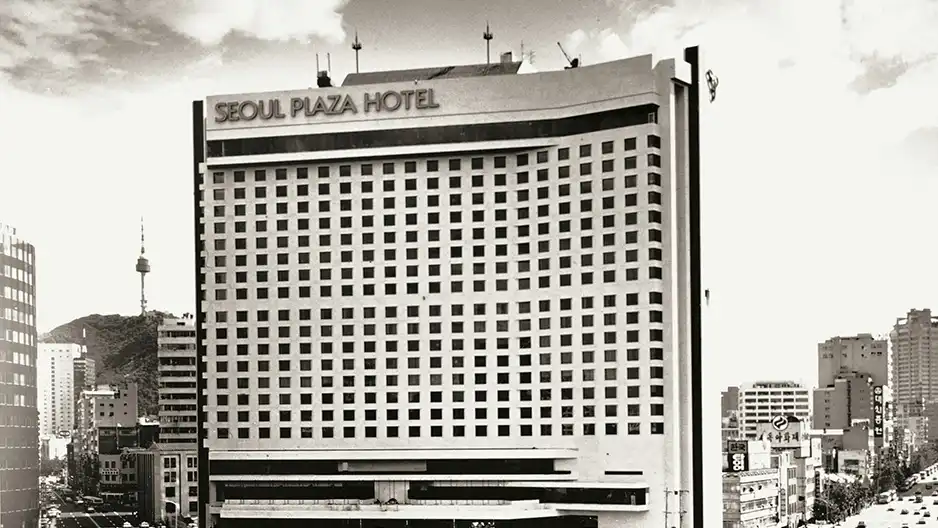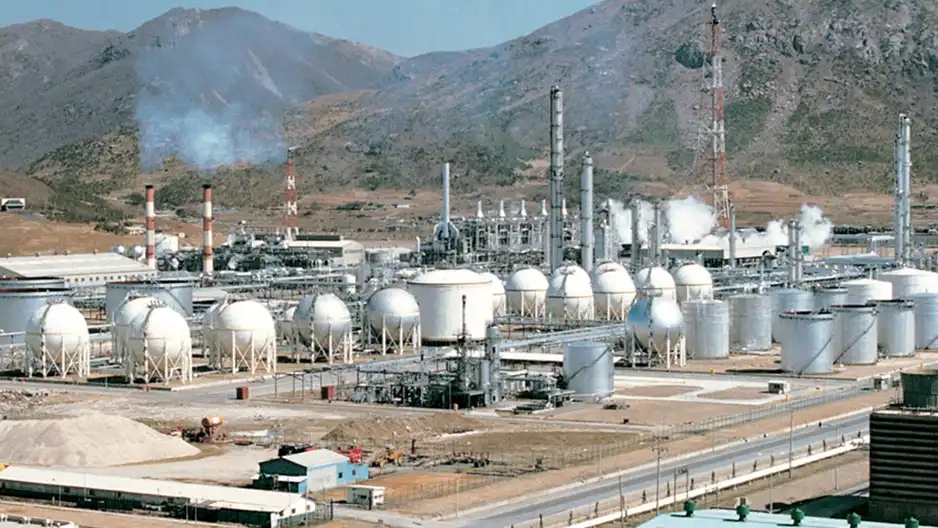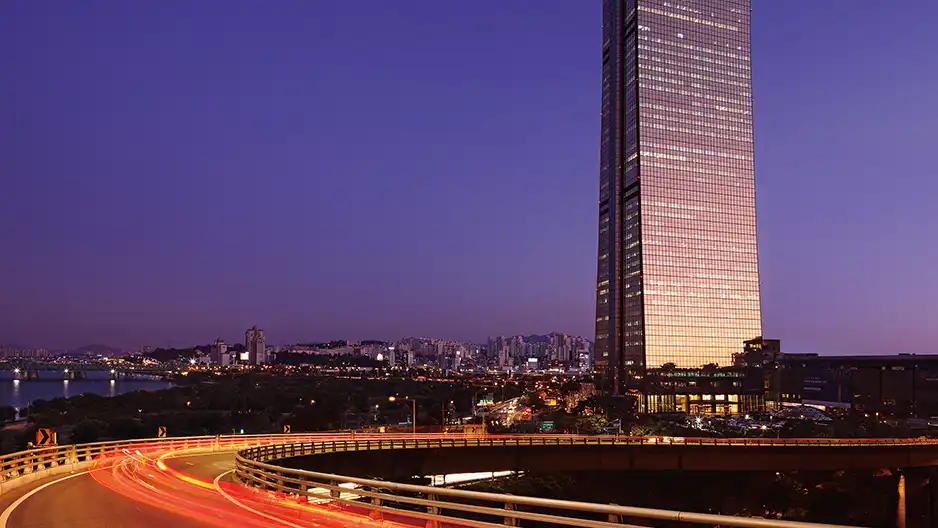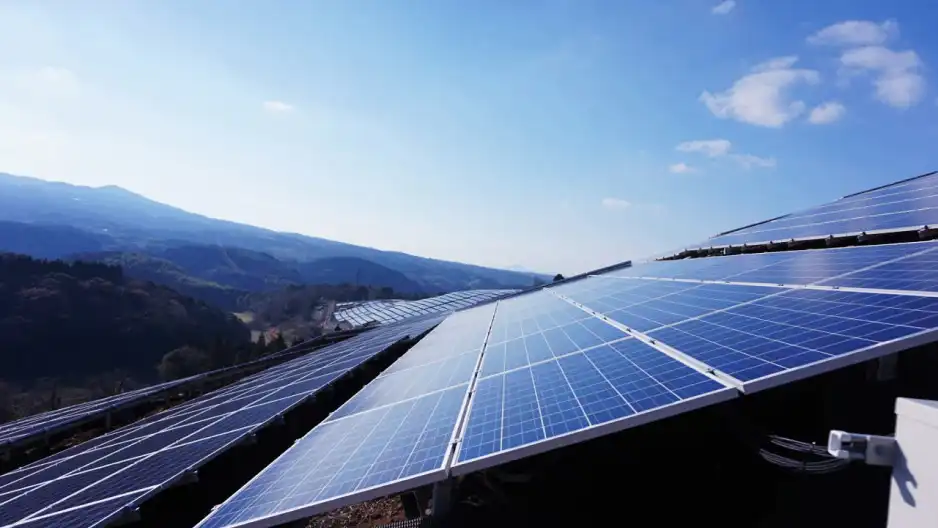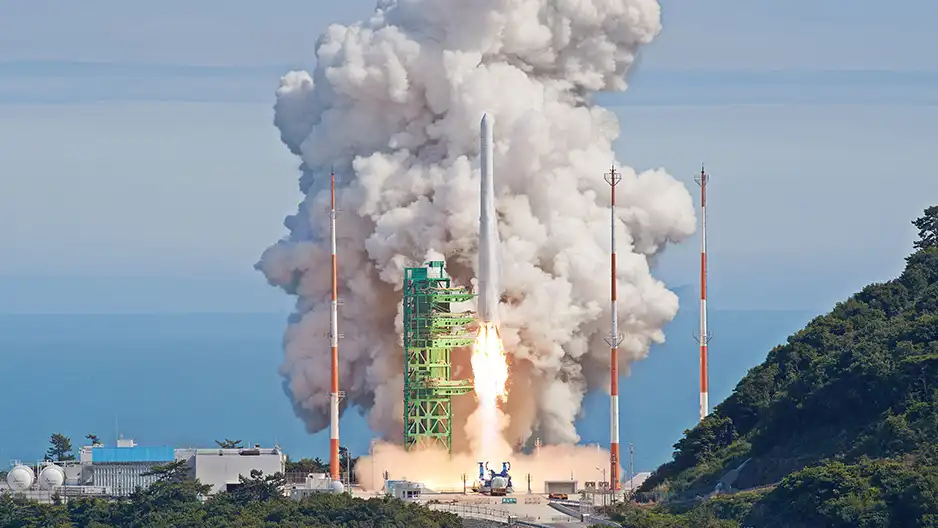Milestones
Since 1952, Hanwha Group has transformed industries by delivering innovative, future-ready solutions. We played a pivotal role in the development of Korea’s national economy, and over the past seven decades we’ve evolved into a multinational company with world-leading technological expertise and competitiveness.
At Hanwha, our growth and success can be attributed to the values and spirit of our people. The desire and ambition to take on new challenges and break boundaries is what defines us as a company.
Building on our accomplishments, we are now looking ahead to the future. By challenging limits and pushing boundaries, we will continue to create opportunities and pioneer next-generation clean technologies with purpose and value, for people and the planet.
At Hanwha, our growth and success can be attributed to the values and spirit of our people. The desire and ambition to take on new challenges and break boundaries is what defines us as a company.
Building on our accomplishments, we are now looking ahead to the future. By challenging limits and pushing boundaries, we will continue to create opportunities and pioneer next-generation clean technologies with purpose and value, for people and the planet.
Our accomplishments demonstrate our track record
as a future-ready company with a long history of innovation


